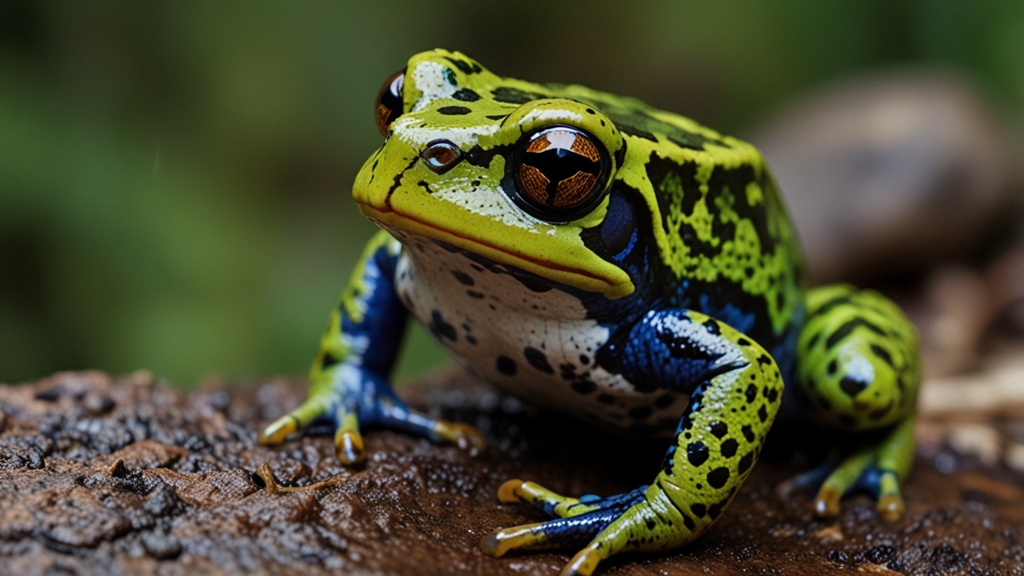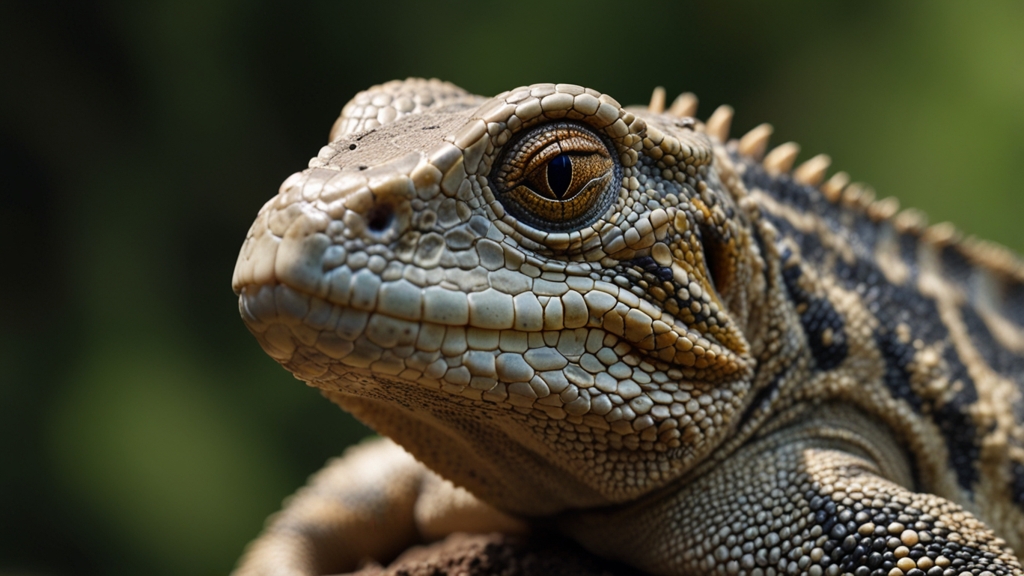Top 10 Most Poisonous Frogs: Nature's Lethal Beauty
Frogs might appear to be harmless, adorable creatures hopping around the tropical forests or even our backyards, but some of them carry deadly secrets beneath their vibrant, attractive skins. These fatal amphibians are nature's lethal beauties, armed with poisons potent enough to deter predators, and in some cases, even kill humans. Below, we explore the top 10 most poisonous frogs, whose toxicity is as fascinating as it is dangerous.
1. Golden Poison Dart Frog (Phyllobates terribilis)
The Golden Poison Dart Frog is often considered the world’s most poisonous frog. Found in the rainforests of Colombia, its bright, golden color serves as a stark warning to predators. The toxin this frog produces is called batrachotoxin, and it is potent enough to kill 10 adult humans with just one frog’s secretion.
“An amount as small as 200 micrograms of batrachotoxin is enough to kill a human. This means even a slight touch can be fatal if the skin is broken.”
2. Blue Poison Dart Frog (Dendrobates tinctorius “azureus”)
Renowned for its striking cobalt blue skin adorned with black spots, the Blue Poison Dart Frog subtracts beauty from no angle. Native to the tropical forests of Suriname and Brazil, it secretes pumiliotoxin, a toxin that can cause severe pain, paralysis, and even death upon ingestion or exposure through an open wound.
3. Black-legged Poison Dart Frog (Phyllobates bicolor)
This frog, recognized by its yellow or green body with black legs, is the second most toxic frog in the world. Residing in Colombia’s rainforests, it also produces the deadly batrachotoxin, albeit in smaller quantities compared to its golden cousin. A single drop of its poison can cause respiratory arrest and death within minutes.
4. Dyeing Dart Frog (Dendrobates tinctorius)
The Dyeing Dart Frog gets its name from native tribes who used its toxins to turn the feathers of parrots bright colors. Its varied coloration, from yellow stripes to blue, warns potential predators of its dangerous nature. Though less toxic than the Golden Poison Dart Frog, it still harbors pumiliotoxin, making it a hazardous creature.
5. Phantasmal Poison Frog (Epipedobates tricolor)
Known for its red and green patterned skin, the Phantasmal Poison Frog produces epibatidine, a potent toxin with analgesic properties. Despite its small size, its toxin is 200 times more potent than morphine but has the downside of being highly lethal.
“Researchers are investigating the potential medical uses of epibatidine, but its narrow therapeutic window and high toxicity present significant challenges.”
6. Mimic Poison Frog (Ranitomeya imitator)
The Mimic Poison Frog may not be as deadly as some of the aforementioned species, but it embodies the classic "wolf in sheep's clothing." Its bright coloration is a mimicry of more toxic species, providing it with protection. Nonetheless, it produces alkaloid toxins capable of causing numbness and muscle paralysis.
7. Green-and-Black Poison Dart Frog (Dendrobates auratus)
This visually appealing frog, with a unique pattern of green to mint-colored spots on a black or dark brown background, resides in Central and South America. It secretes a less potent toxin, possibly pumiliotoxin, that can still be harmful if ingested or if it comes into contact with mucous membranes.
8. Kokoe Poison Dart Frog (Phyllobates aurotaenia)
Often overshadowed by its more toxic relatives, the Kokoe Poison Dart Frog still deserves mention. Found in Colombia, it also produces batrachotoxin but in lesser amounts. Its toxicity level is still significant enough to cause severe symptoms and potentially death.
9. Strawberry Poison Dart Frog (Oophaga pumilio)
Named for its striking red color, the Strawberry Poison Dart Frog can be found in Central America. Though small, it packs a punch with toxins like pumiliotoxin. While not as deadly as some other dart frogs, handling it without caution can cause numbness and other toxic effects.
10. Splash-backed Poison Frog (Adelphobates galactonotus)
This species, sporting distinctive splash-back markings often in shades of orange and yellow, is native to the Amazon Basin. While it produces defensive alkaloid compounds to deter predators, its toxicity level is relatively low compared to others on this list.
The mesmerizing beauty and deadly nature of these poisonous frogs speak volumes about the complexities and wonders of the animal kingdom. While their toxins can be incredibly dangerous, they also hold potential for medical research, offering a dual-edge sword of peril and promise.
“In their tiny frames, these frogs encapsulate the delicate balance of nature's beauty and danger, a reminder that sometimes the most beautiful creatures can also be the most deadly.”










